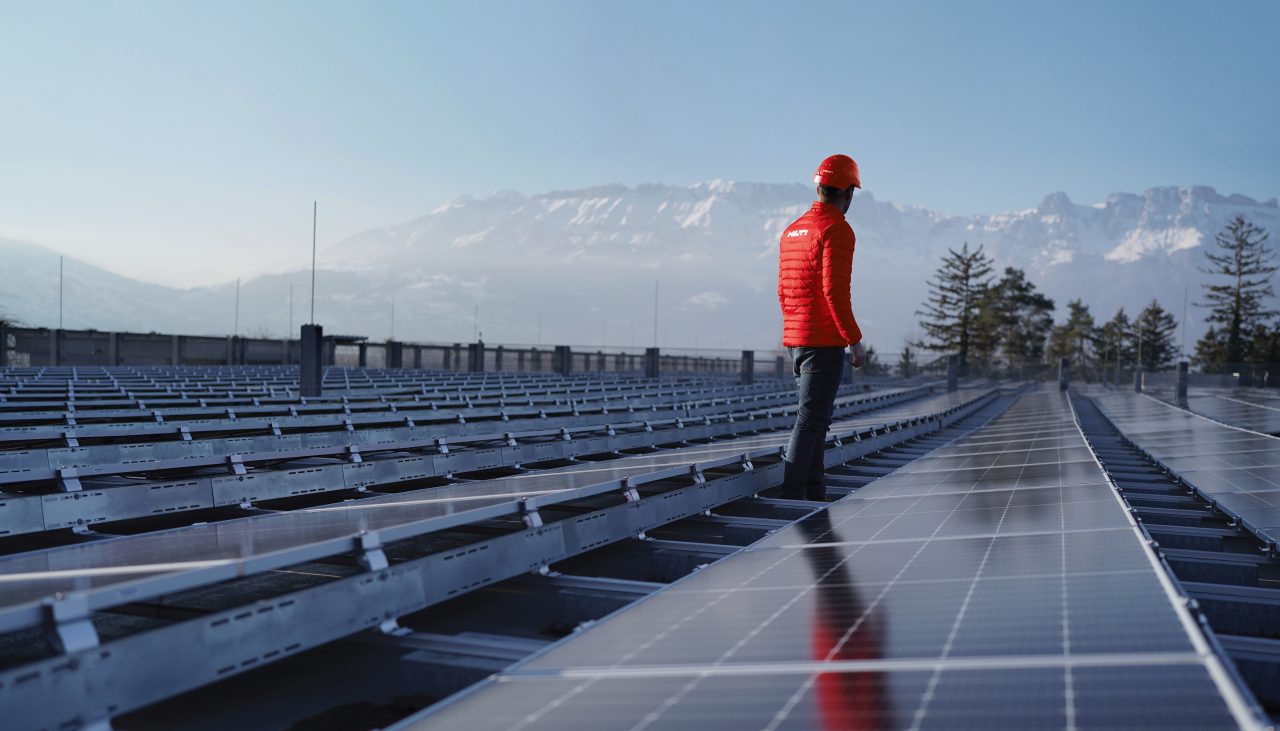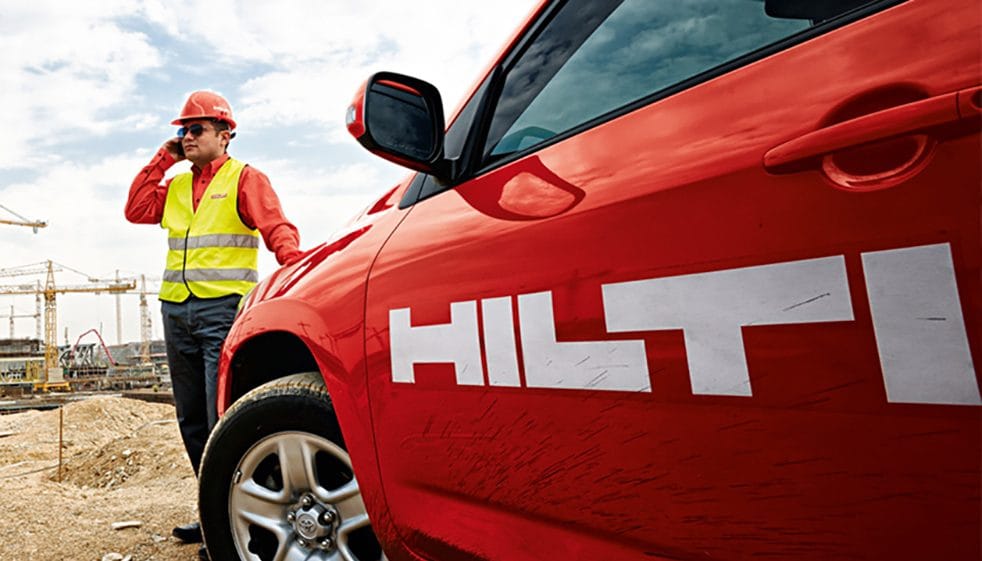- Home
- Solutions
- News and Events
- Hilti Blog
- Leading Sustainability
- Sustainability in construction

10 min. read, March 2024
Sustainability in construction
By Margaux from Hilti Sustainability Team
The construction industry has an opportunity to play a major role in the fight against climate change. It is estimated that the sector is responsible for 37% of CO2 emissions globally, 50% of virgin material extracted globally, and 30% of global waste.
These numbers show that for construction businesses in our industry, sustainability in construction has to be more than a buzzword. After all, construction is what supplies all the buildings and infrastructure that we need to live; we can’t do without it, and so the industry has to adapt and become more sustainable.
At Hilti we actively manage and take responsibility for the environmental, social and people impact of our activities through the implementation of sustainable business practices at all levels. By doing so, we limit our own impact and provide solutions that help our clients limit theirs at the same time.

How does Hilti manage its own footprint?
As an essential part of our sustainability strategy, we have implemented a four-step approach to eliminate CO2 emissions. This approach follows the strategic principles “reduce, replace, produce and offset”, and is part of a package of comprehensive measures to meet the criteria set by the Science Based Targets initiative we have committed to.
At the end of 2023, we have reached CO2 neutrality in our own operations as planned. We have managed to reduce 60 percent of our own emissions, compared to a “do nothing” scenario, since 2019. The remaining 40 percent of CO2 emissions worldwide are being offset with projects that we have exclusively developed together with the Hilti Foundation and ClimatePartner – an organisation who have been supporting companies in their climate action for almost 20 years.
This achievement marks the first milestone on our journey towards net zero by 2050. Our focus is to address emissions along the entire value chain as 90% of the emissions occur outside of our own operations (Scope 3). Ultimately, we want to decarbonise our products and services.
And our footprint isn’t only on the environment, we also have an impact on people and society. We are committed to having a positive impact in the communities where our employees live and work. Our social engagement through the Hilti Foundation and our volunteering programme ‘Engaged Beyond Business’ has seen 6,000 Hilti team members support more than 300 projects around the world in 2023, a number we aim to increase.
*Greenhouse gas emissions are categorised into three scopes by the greenhouse gas protocol:
- Scope 1: direct emissions from burning fuel in own premises and from company vehicles
- Scope 2: indirect emissions from imported electricity, heat and steam
- Scope 3: indirect emissions from company’s value chain

How do we support reducing consumption and a transition to circular economy
Best practices suggest that doing more with less by moving from linear to circular construction is the solution. Our industry is in need of digital tools and services to operationalise a circular economy.
At Hilti, circularity is a priority. We have created and we are continuously integrating a range of circular principles within our operations and services, from the design and production phase all the way to end-of-life.
Circularity of tools is our first step through our Fleet Management usage model. It is designed to ensure that you only have the tools that you need, and that those tools’ lifetime are extended as much as possible by integrating repair services and end of life programmes such as extraction and reusage of individual parts, tools donation, and recycling as a last stage.
Click below to find out more about our fleet program where we ensure you only have the tools you need.

Recycling isn’t the solution–but it is part of it
Whatever doesn’t fit in our reusage program goes to our recycling partner. This company is audited and operate around the world as part of our duty to be responsible for our products and their environmental impact throughout their lifetime.
For example, much of the mass of a tool is high quality metal that can be recycled indefinitely, and we work closely with our partners to keep increasing our recycling yield. To provide transparency to customers who used those tools, we also provide a personalised circularity report that highlights which material could be recycled and put back into the economy.
Did you know? New Hilti tools themselves are made of 27% recycled content, a rate we continuously aim to increase.
It’s all about collaboration…
Sustainability in construction has never been more important. The principle of building a better future has guided Hilti for decades, and we now take our sustainability efforts to the next level. To be your best partner for sustainability, we want to foster transparency and collaboration within the value chain to achieve sustainable construction.
